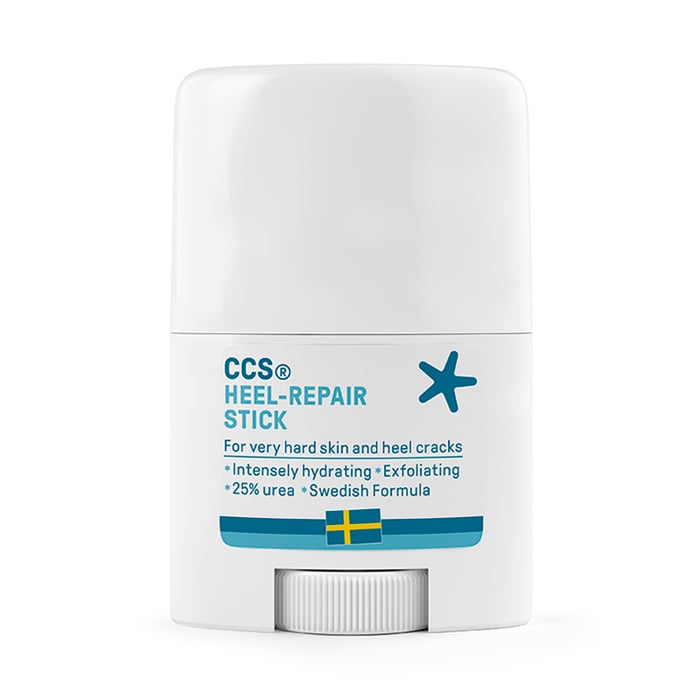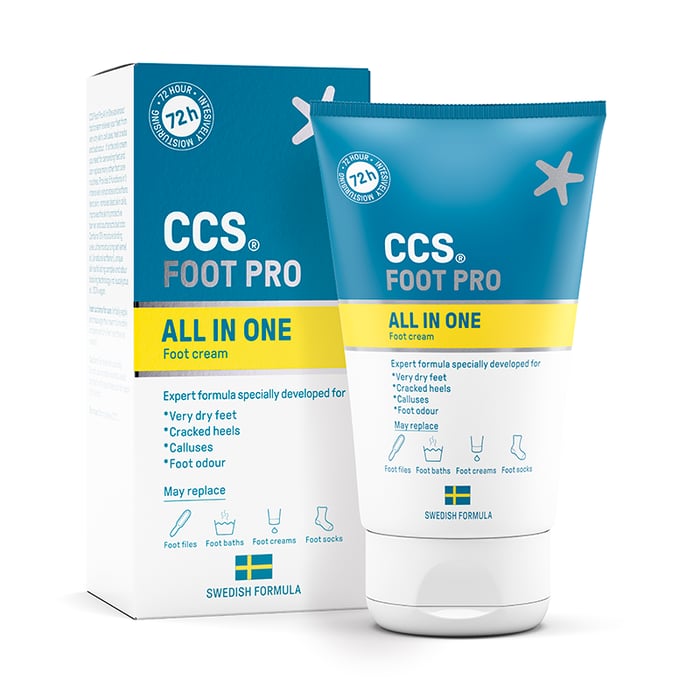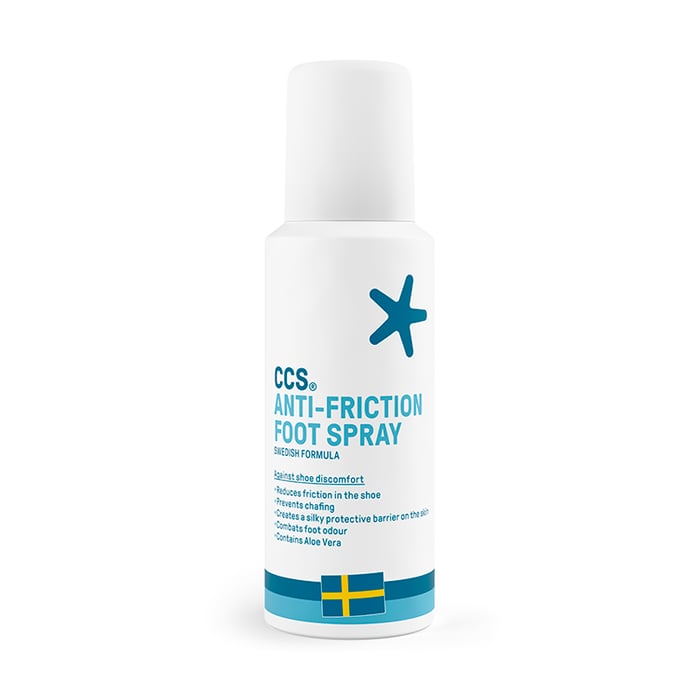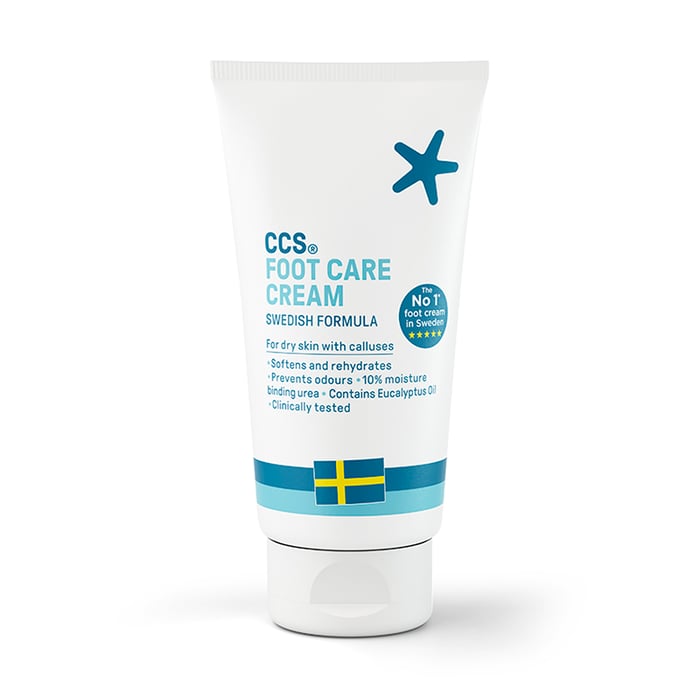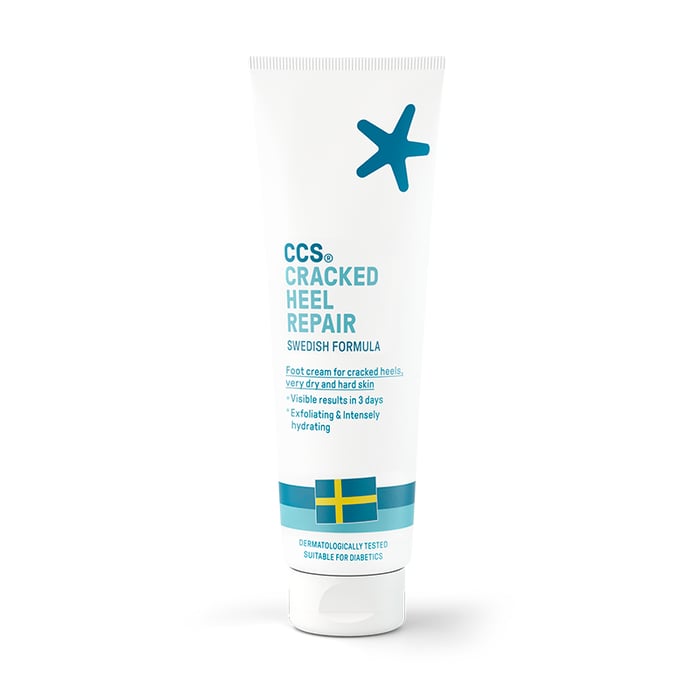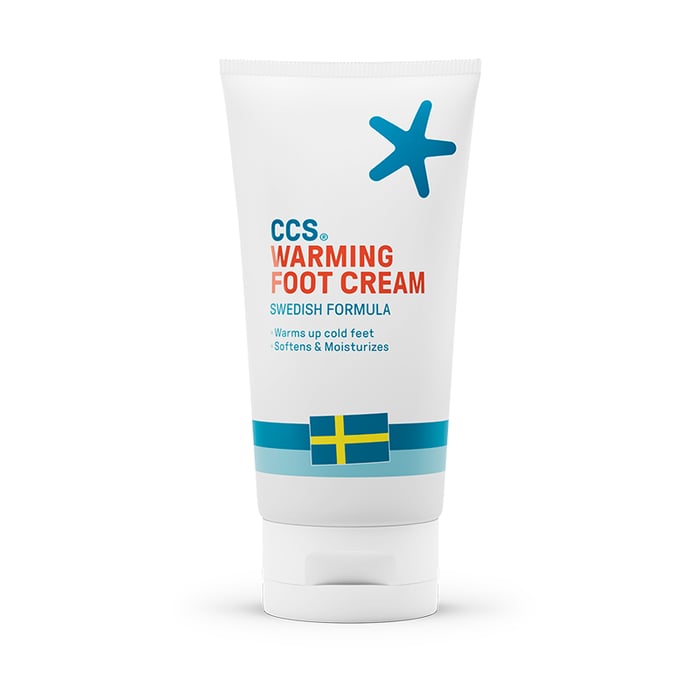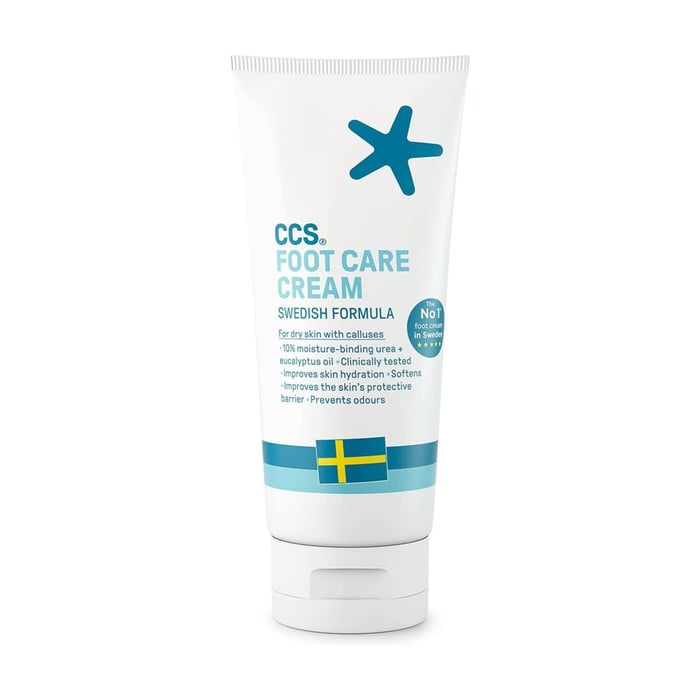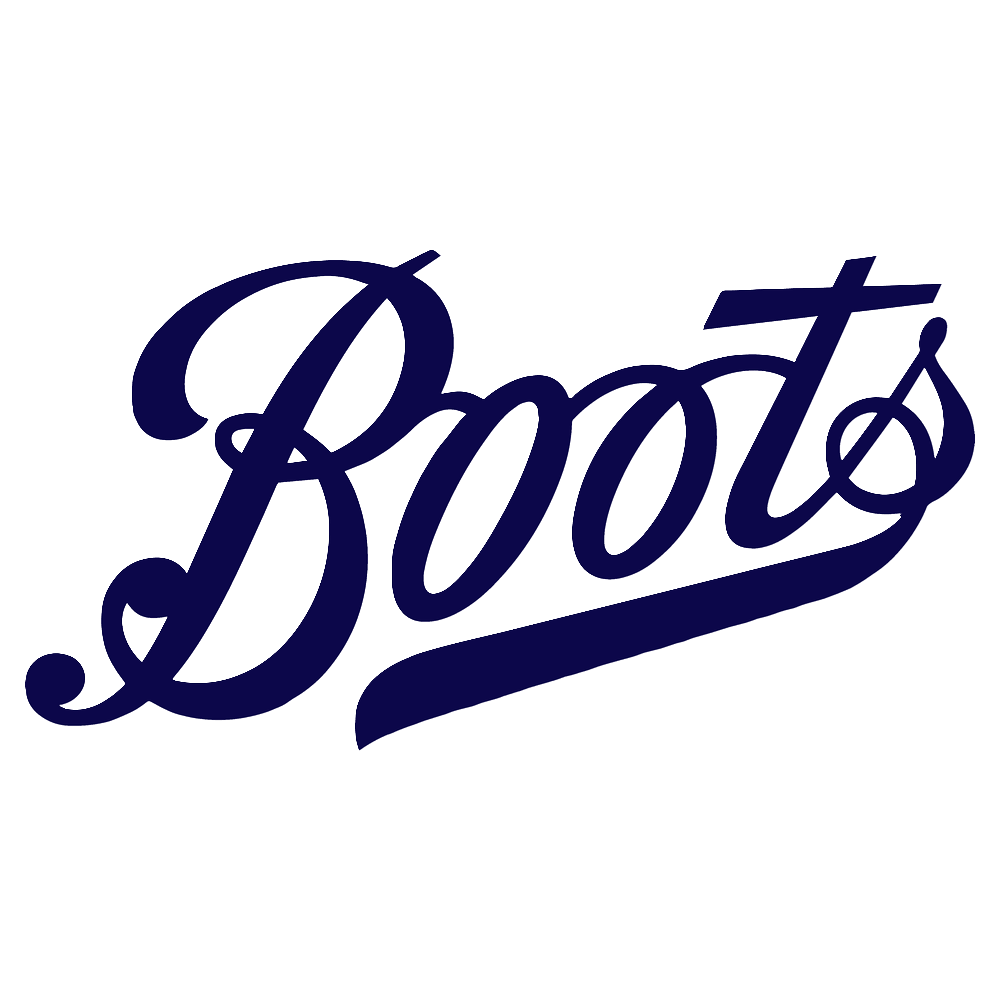Corns and Calluses
Although not serious, corns and calluses are unsightly and can be painful.
Typically affecting either the toes and feet or the fingers and hands, corns and calluses are thick and hardened layers of the skin that develop due to the skin trying to protect itself.
In most cases, corns and calluses can be treated using over-the-counter remedies. However, if you have an underlying health condition such as diabetes, corns and calluses can be dangerous.
To discover everything you need to know about corns and calluses, read on:
Table of Contents
What are corns and calluses?
Corns and calluses are thick and hard layers of skin that typically form on the feet and hands. These occur as a result of the skin trying to protect itself from friction or pressure.
As mentioned briefly above, in most people, corns and calluses are nothing to be worried about. Although, they can cause pain and discomfort. However, if you have diabetes or a health condition that affects blood flow to your feet, corns and calluses can be dangerous to your health.
What do corns and calluses look like?
Corns and calluses are easy to identify, with some of the most common symptoms including:
- A thick and rough patch of skin
- A hardened, raised bump
- Tenderness or pain under the skin
- Flaky, dry, or waxy skin
It is important to know that corns and calluses are not the same things, although they share many of the same characteristics.
What are corns?
Corns are smaller than calluses and have a hard centre that is often surrounded by inflamed skin. They are more likely to form on parts of the feet that do not bear weight, such as:
- Corns on the side of your fee
- Corn on top of big toe
- Foot corn in between toes
However, they can also occur on weight-bearing areas such as corns on heels of feet and corns on soles of feet.
A painful corn on foot is common as corns tend to be much more painful than calluses.
What are calluses?
Calluses can vary in shape and size but rarely cause any pain. Some of the most common places to experience calluses are:
- Callus between fingers
- Callus on thumb joint
- Callus behind big toe
- Callus under foot
Although not as common, callus on elbow can also occur in some people.
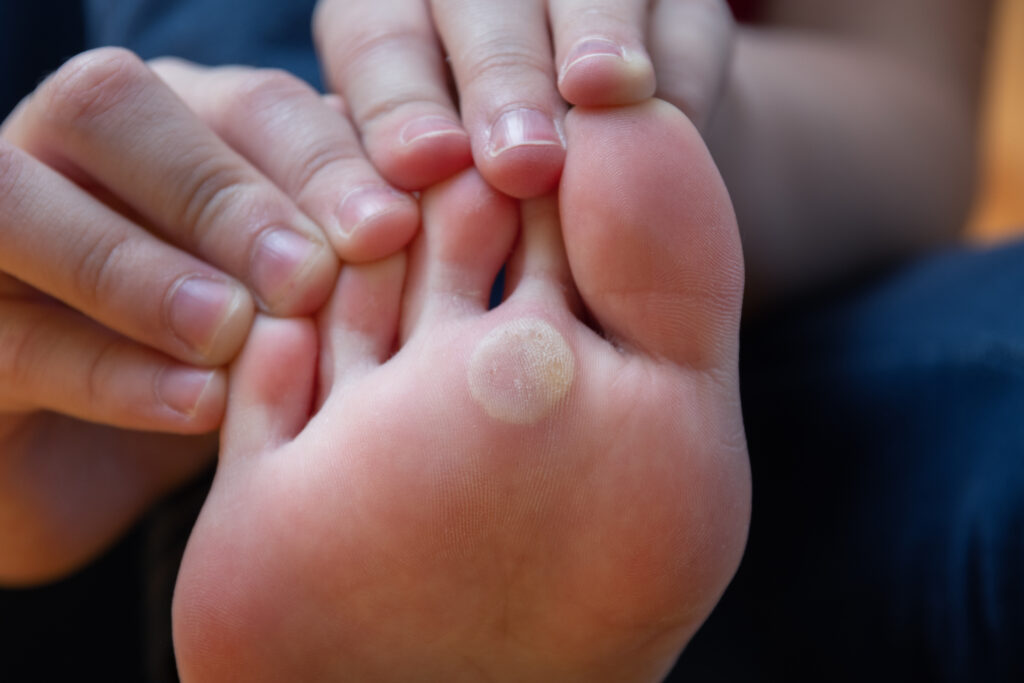
What causes corns and calluses?
You might get corns and calluses for several reasons, most of which result in pressure or friction on the skin.
Ill-fitting footwear
One of the most common causes of corns and calluses is ill-fitting shoes. Too tight footwear compresses the feet and causes pressure. Whereas too loose footwear can cause your skin to rub repeatedly against the shoe.
Not wearing socks
If you don’t wear socks, then you are much more likely to develop corns and calluses. This is because socks can prevent your feet from rubbing against your shoes. Socks that do not fit properly can result in corns and calluses.
Repetitive actions
Corns and calluses on the hands and fingers can occur from repeated pressure, such as playing a musical instrument or using hand tools for long periods.
Who is most at risk of corns and calluses?
As well as the above causes of corns and calluses, certain groups are more at risk of these ailments than others.
- People with bunions
- People with hammertoe
- People with other foot deformities
- People who do not wear gloves when using hand tools
What is the best treatment for corns and calluses?
In some cases, corns and calluses will go away on their own without the need for treatment. If you want to make the recovery process quicker or you are experiencing unpleasant symptoms from a corn or callus, there are several treatments that you can try.
Over the counter treatment
Hand and foot creams
As corns and calluses are effectively hard skin on the hands and feet, a good moisturising cream can help to soften this skin.
Look for rehydration creams such as CCS Foot Care Cream, which is specially formulated to treat and prevent hard skin on the feet. This type of cream should be applied 1-2 times per day and can also be used on the hands.

Salicylic acid
Products that contain salicylic acid are designed to soften the top layer of thick skin, which occurs due to corns and calluses. After applying these, use a pumice stone or foot file to remove the hard skin.
GP treatments
Antibiotics
If your doctor suspects that your corn or callus is infected, then they will prescribe a course of antibiotics to kill the infection.
Referral
If you have tried OTC treatments with little success, your GP may refer you to a podiatrist or foot specialist to discuss alternative treatments. Alternatively, you can look for a corn and callus foot doctor near me online.
Podiatrist treatments
Removal
A foot specialist may suggest that they cut away the corn or callus from your foot. This is more likely in severe corn or callus skin.
Patches
A podiatrist may recommend patches that help to soften the skin ahead of corn or callus removal.
Insoles or pads
If you have a severe corn on foot or thick callus skin, then insoles or pads can be worn to help take pressure off the area and minimize discomfort.
How to treat corns and calluses at home
If you want to treat corns and calluses at home without using an OTC or prescribed treatment, follow the below steps:
1. Soak the corn or callus in warm water
To soften the hard and thick skin, soak the affected area in warm water for between 5-10 minutes. There is no need to add soap or other cleaning solutions to the water.
2. File the corn or callus
Once the skin has been softened, you should use a pumice stone or foot file to gently file the corn or callus. Use either circular or sideways motions, and do not rub too hard as this can cause the skin to bleed or results in ripped callus or corn.
3. Apply a moisturising cream
Choose a moisturising cream that contains salicylic acid or urea, such as CCS Foot Care Cream, as these ingredients can help to soften hard corns and calluses.
4. Add padding
To prevent further discomfort or the development of more corn and callus skin, cut a piece of padding and place it around your callus or corn. Padding for corns and calluses can be bought at most pharmacies.
5. Wear shoes that fit properly
Shoes that don’t fit your feet properly are one of the most common causes of corns and calluses, so you need to make sure you are wearing shoes that fit well and that do not cause any pressure or friction on the skin. You should always wear socks.
6. Keep your toenails trimmed
If you let your toenails grow too long, then this can force your toes to push up against your footwear which can lead to corns and calluses. Therefore, you should ensure that you regularly trim your toenails.
What NOT to do when treating corns and calluses at home
When treating corns and calluses at home, there are several things that you should not do:
- Cut off the corn or calluses yourself
- Spend long periods on your feet or stand for long periods if you have thick hard calluses on feet
- Walk barefoot
- Wear high heels or pointy shoes
When to see a doctor about corns and calluses
In most people, corns and calluses are harmless, so you do not need to see your GP. However, if you have diabetes, heart disease, or problems with circulation, then this can make foot conditions such as corns and calluses more serious.
You should also book an appointment with your doctor if you feel severe pain that prevents you from carrying out your normal daily activities or if you are experiencing bleeding or discharge from the affected area.
If you regularly suffer from corns and calluses and OTC treatments have proved ineffective, you may want to make an appointment with a podiatrist to discuss alternative treatments.
How to prevent corns and calluses
There are several steps that you can take to prevent corns and calluses, including:
- Wear shoes that fit properly
- Use protective pads or bandages on areas that experience friction or rubbing
- Moisturise your feet daily with a foot cream such as CCS foot care cream
- Wear padded gloves when using hand tools
- Use a pumice stone or foot file to remove hard skin
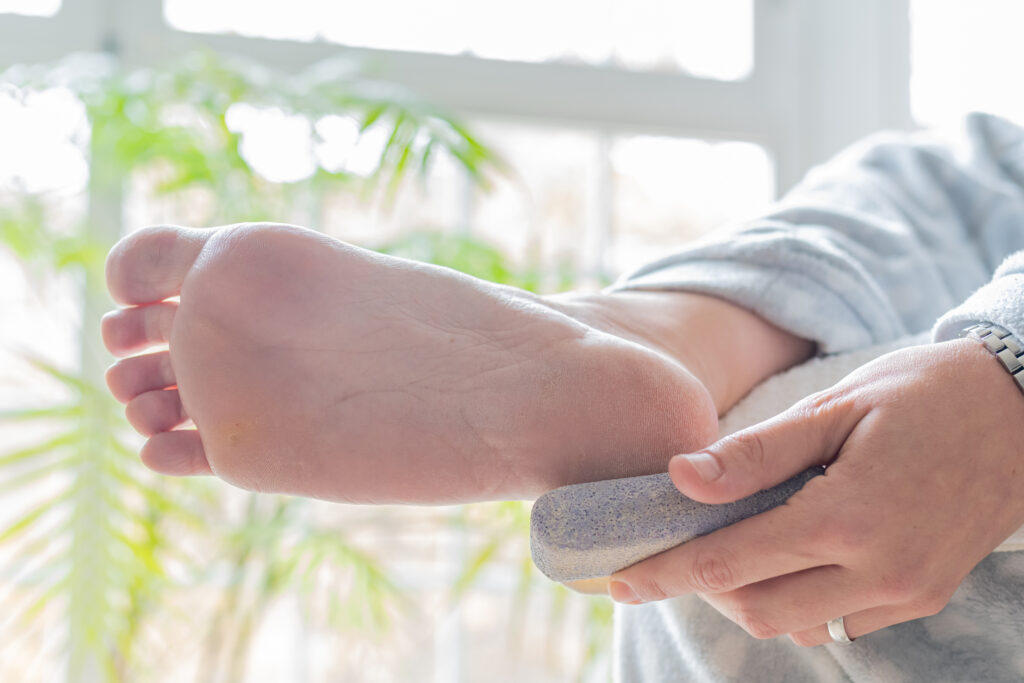
Frequently asked questions
How do you get rid of corns permanently?
Corns and calluses can be permanently removed with the right treatment and by eliminating the cause of pressure or friction, such as ill-fitting shoes, not wearing socks and repeated use of hand tools.
Do corns and calluses go away?
In most cases, corns and calluses will go away when the pressure or friction is removed from the skin. To facilitate this, you should soak the affected area in warm water, use a pumice stone to file away the hard skin, and then apply a moisturiser such as CCS Foot Care Cream.
What is the difference between a corn and a callus?
A corn is a small lump of hard skin, whereas a callus manifests itself as a larger area of rough, thick skin. Corns are often painful, but calluses should not cause any pain or discomfort. Also, corns are more likely to develop on parts of your feet that do not bear weight.
Are corns just calluses?
Although corns and calluses are both types of thick and hard skin that typically occur on the feet and hands, these foot ailments are not the same. Corns tend to manifest themselves as small lumps of hard skin, whereas calluses are large patches. Corns can be very painful, but calluses rarely cause pain.
Are corns and calluses contagious?
Corns and calluses are not contagious as they are not caused by a virus but by repeated pressure or friction to the skin. In most cases, if you eliminate this friction or pressure, your corn or callus will slowly start to disappear.
How long do corns and calluses last?
Corns and calluses can take several weeks or sometimes months to go away. However, you should notice an improvement around 7 days after starting treatment.

